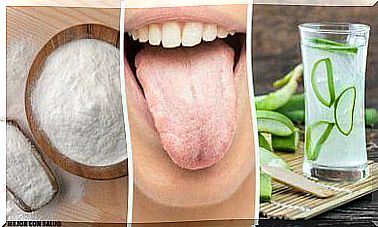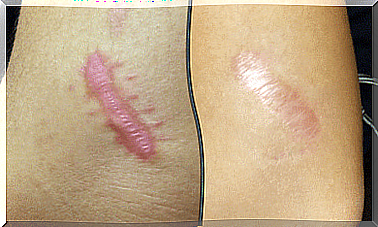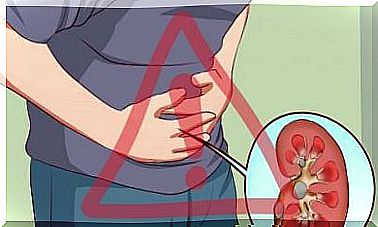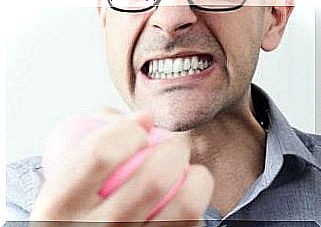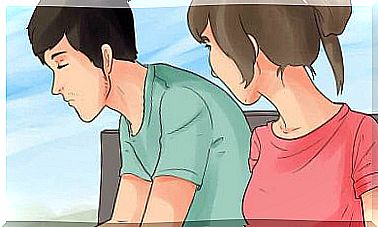What Does An Open Bite Mean And How Can It Be Fixed?
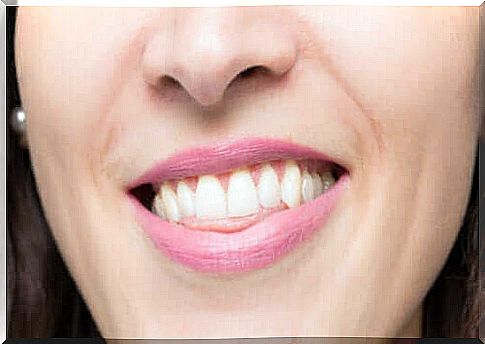
Open bite means a very common dental problem. In addition to being an aesthetic disadvantage, it can also affect oral health as well as the quality of life of the person suffering from it.
However, open bite is easy to diagnose and treat. In this article, we will explain in more detail what an open bite means and what methods can be used to treat it.
What does an open bite mean?
An open bite is one type of bite defect, in which case the anterior upper teeth do not face their counterparts, i.e. the anterior lower teeth. This creates a clearly visible space between the tooth arches.
Usually, an open bite is observed in the front of the mouth when the front teeth and canines do not meet in contact with the lower teeth. However, an open bite can occur anywhere in the mouth, even on the cheek teeth.
As already mentioned, an open bite is identified by the fact that there is a clear open space between the upper and lower teeth. This can be an aesthetic disadvantage for a person, especially if it occurs in the front of the mouth, in which case an open bite also affects the smile.
In addition to this physical problem, an open bite can also affect a person’s health.
How can an open bite affect health?
- Difficulty Speaking : It can be difficult for a person to pronounce certain sounds correctly because the language does not go in the right position.
- Problems with chewing and eating : Because the upper and lower teeth are not in contact with each other, chewing may be altered.
- Tendency to breathe through the mouth : Because the mouth cannot close completely and because the chin is not developed properly, it is common for a person to have a need to breathe through the mouth or to become accustomed to it. This may make the situation worse.
- Temporomandibular Joint Disorders (TMJ) : This occlusal defect affects the joint that connects the mandible to the skull. For example, the chin may click or make a different sound. In addition, the person may experience headaches, neck pain, and facial pain.
- Psychological complications: Due to the above problems as well as a different smile, a person may experience self-esteem problems due to open bite . This negatively affects a person’s quality of life.
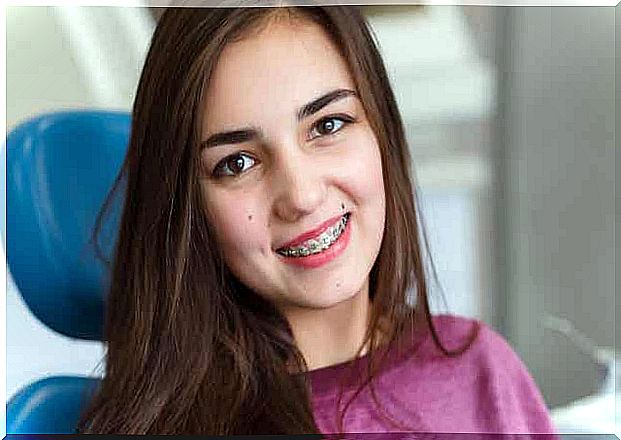
Types of open bites
An open bite can be classified according to its nature and location. By nature, an open bite can be classified as either a skeletal or dental open bite. Skeletal open bite is a skeletal problem that can have an inherited or genetic origin and can affect both the upper and lower jaw.
Dental open bite means that the teeth are not properly organized in the row of teeth and can be caused by repetitive harmful habits during childhood.
Classified by location, the following types of open bites can be distinguished:
- Open bite in the foreground. The teeth in the anterior sector (middle incisors, lateral incisors, and sometimes canines) do not face the lower teeth in contact when the mouth is closed. This is the most common type of open bite.
- Open bite in the back. When biting, the teeth in the back area do not meet. This can only happen on one side or both sides of the mouth. This type of open bite is rare and may be associated with the absence or incomplete eruption of a molar tooth.
- Side bite open bite. This occurs when the upper and lower teeth do not meet on the side portions of the dental arch. This can occur on both the right and left side.
- A comprehensive open bite. An open bite involves both an anterior and a posterior open bite, in which case only the last molars may be in contact with each other.
Causes of open bite
Open bite means a bite defect that can have many causes, such as genetic, hereditary, and functional factors. These factors may transform teeth and bones and thus determine the way you bite.
Most often, an open bite occurs in the front of the mouth, in which case it may be the result of repetitive activity during childhood. In childhood, facial bone is formed, and any excessive and constant stimulus can lead to deformities or misalignment of the teeth.
Such repetitive behaviors include, for example, excessive and prolonged use of a pacifier, sucking on the thumb, sucking or biting objects, breathing through the mouth, atypical swallowing, or pressing the tongue against the teeth while speaking, swallowing, or resting.
As we mentioned, there is also a skeletal open bite of hereditary or genetic origin. Family members may have in common a so-called long face, in which case the face is overdeveloped vertically. The human genetic code contains information about how the skeleton of the human face will be formed in the future. Changes at this level can affect the bone tissue used for biting.
In many cases, the open bite is due to a combination of the above factors. A person may have a genetic predisposition to open bite and the situation may be exacerbated by the habits adopted, which may lead to the development of a bite.
Open bite treatments
There are some cases where the open bite has taken care of itself after the deciduous teeth have fallen out. In some cases, the open bite bothers until adulthood. This often happens if a person prolongs repetitive habits even after the eruption of permanent teeth.
It is good to know that this bite defect can be treated in different ways and treatment can be started at any age. However, starting treatment early improves the prognosis and helps prevent the problem from continuing.
The method of treatment chosen depends on the severity of the bite and the age of the person. The dentist will perform additional tests so that he can make the right diagnosis of open bite and thus choose the right form of treatment in each case.
As we said earlier, this effort is influenced by a variety of factors. These factors must be considered before starting treatment. If functional problems or learned habits are ignored and not resolved, it can lead to treatment failure.
An orthodontist should make an interdisciplinary treatment plan with a speech therapist. They work with the patient to eradicate harmful habits, improve pronunciation, and find the right position for the tongue when pronouncing sounds.
Orthopedic or anti-problem orthodontic treatment in children
Once the problem is known, it is easier to solve. Orthodontics in childhood allows dentists to steer dental bone growth in the right direction.
Dentists usually prescribe removable or adjustable orthodontics. When starting orthodontic treatment in childhood, it is important to get the child to reject habits that cause bite defects.
Orthodontics for young people and adults
By this point, skeletal development is already complete, making them less malleable. In this case, the main goal is to modify the position of the teeth. For young people and adults, options such as braces or transparent orthodontic appliances are available.
Orthodontics often use traditional braces that quickly correct tooth misalignments. There are metallic, sapphire colored or lingual orthodontic appliances. The disadvantage of braces is that they can be an aesthetic disadvantage for a person.
Transparent tooth molds are made with the help of computer programming and should be replaced at regular intervals. They are aesthetically less noticeable.
Orthodontic corrective facial and maxillofacial surgery
If an adult has a strong open skeletal bite, it may be necessary to perform a maxillofacial surgery. It removes excess bone from the upper or lower jaw.
Before or after the procedure, the treatment is supplemented with orthodontic treatment. Such treatment often lasts for many years. As a result, a person’s face changes radically. However, dentists prescribe a surgical procedure only when orthodontic treatment alone does not achieve results effectively.
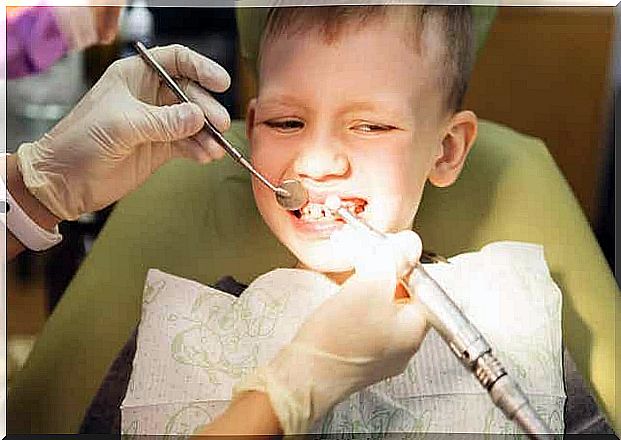
How to prevent open bite?
We are unable to control some of the causes of open bite, such as hereditary or genetic factors, or the absence of dental-related elements. However, there is a need to focus on the harmful habits learned in childhood in order to avoid open bite.
It is important for parents to be aware of such bad habits. If your child is sucking their thumb, chewing on objects, using a pacifier for a long time, breathing through their mouth, or pushing their teeth in their tongue, it would be helpful to consult a specialist dentist who specializes in orthodontics.
It is also possible to avoid an open bite if you go for regular dental check-ups. The dentist assesses the development of the child’s teeth and the bite. If necessary, she will refer the child to a dentist who specializes in orthodontics. When an open bite can be detected in time, its treatment is simpler and more pleasant, as well as faster and cheaper.
It is possible to treat the open bite
An open bite is a fairly common bite defect. In addition to having an aesthetic effect, it can also affect the quality of life of the person suffering from it in many ways.
Depending on age and severity of ailment, there are different treatment options for open bite. The earlier treatment is started, the easier and more painless it will be. So contact your dentist and turn an open bite into a dazzling smile!
